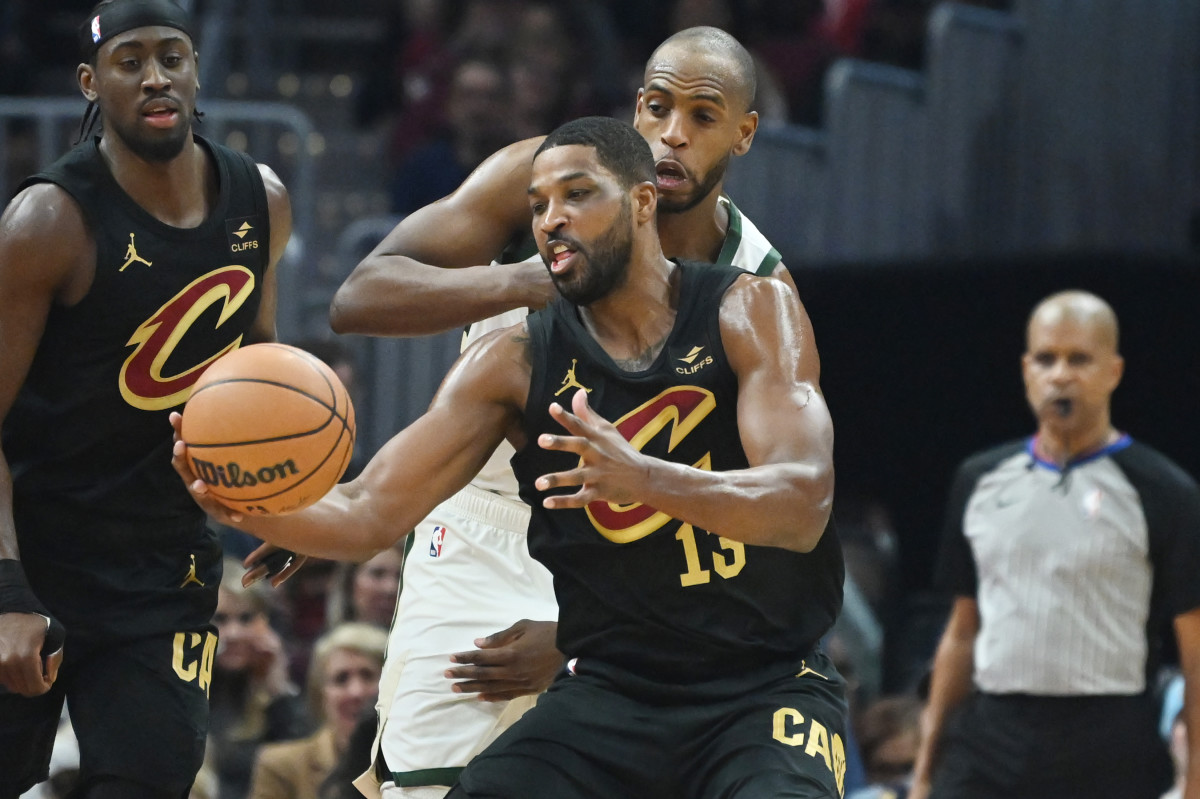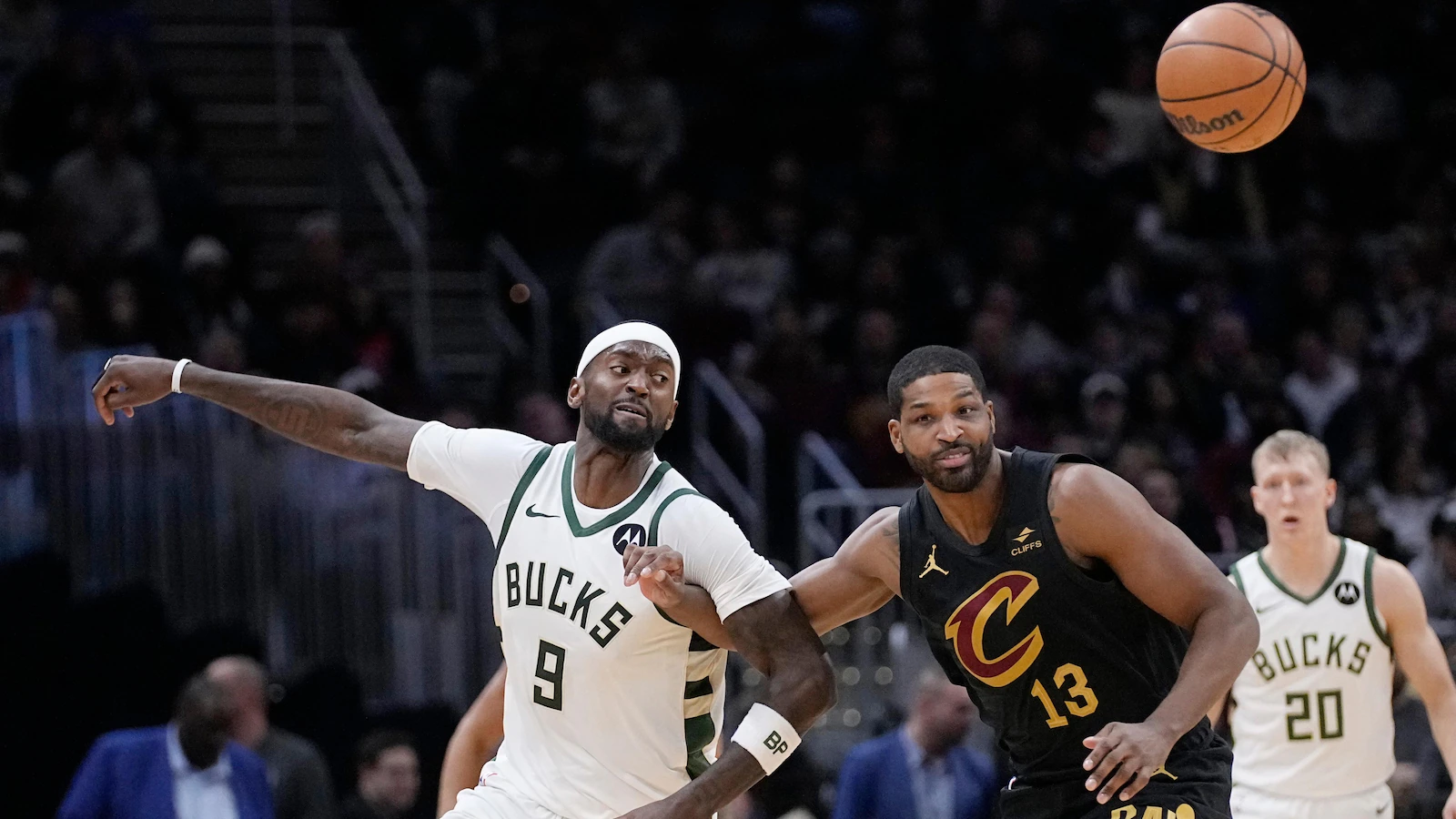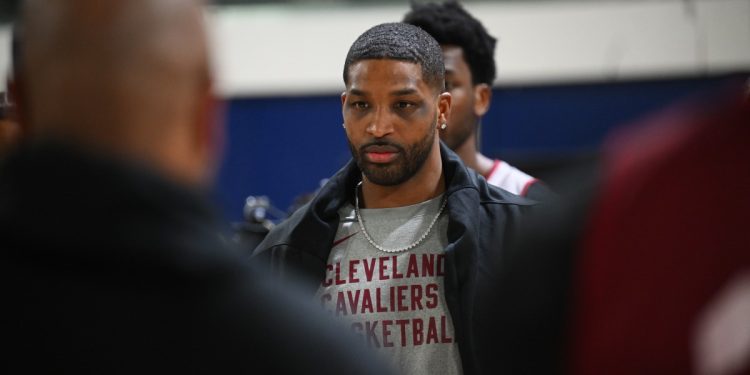The NBA community was jolted by the recent announcement that Cleveland Cavaliers’ Tristan Thompson has been handed a 25-game suspension for violating the NBA Drug Policy. This significant suspension comes at a pivotal time for Tristan Thompson and the Cleveland Cavaliers, as the team has been riding a wave of success with eight consecutive wins and triumphs in 13 out of their last 16 games.
According to the league’s official statement, Tristan Thompson tested positive for ibutamoren and SARM LGD-4033, both of which fall under the list of banned substances. These substances, alongside others like amphetamine, cocaine, fenethylline, and methamphetamine, are strictly prohibited under the current NBA Drug Policy.

Tristan Thompson Suspension: The Wide Spectrum of Banned Substances in the NBA
The NBA’s battle against performance-enhancing drugs extends beyond just recreational substances. As reported by ESPN, the list of banned substances includes a range of performance enhancers like adrafinil, anastrozole, boldione, and more.
Additionally, diuretics such as amiloride, bumetanide, clopamide, and furosemide are also on the prohibited list. This extensive range underscores the league’s commitment to maintaining fair play and athlete health.
Cannabis: From Banned to Tolerated
In a significant policy shift, the NBA has removed cannabis from its list of prohibited substances. For years, marijuana was a hot-button issue within the league, with players facing suspension upon testing positive. The change in stance towards cannabis can be attributed to the evolving societal perception and the advocacy of players and sports personalities.

NBA megastar Kevin Durant has been vocal about this shift, likening cannabis to wine and highlighting its widespread use in the league. Durant’s candid discussions with NBA Commissioner Adam Silver played a pivotal role in re-examining the policy.
Silver’s openness to understanding the players’ perspective, especially regarding the use of marijuana for dealing with anxiety and other health issues, was crucial in this policy evolution.
The new Collective Bargaining Agreement (CBA) reflects these changes, allowing players the freedom to use cannabis without the fear of testing positive.
Drug Testing in the NBA: A Stringent Approach
Despite the relaxed stance on cannabis, the NBA maintains a rigorous drug testing program to ensure the integrity of the sport. Players are subject to up to nine drug tests in a season, with a mix of six urine and three blood tests conducted randomly and unannounced. This approach signifies the league’s commitment to a clean and fair sporting environment.
This morning —
I’m digging into @cavs Center Tristan Thompson’s failed drug test + his suspension + the team’s response on @wkyc .📺 LIVE STREAM: https://t.co/ovjk7NVC9a pic.twitter.com/NQR5WINxaJ
— Carmen Blackwell (@Carmen_OnTv) January 24, 2024
Conclusion: A Progressive Step Forward
The NBA’s evolving drug policy, particularly regarding cannabis, reflects a progressive approach toward understanding the needs and health of its players.
While the suspension of Tristan Thompson serves as a reminder of the league’s strict stance against certain substances, the shift in cannabis policy highlights a more nuanced understanding of athlete wellness and societal changes. As the NBA continues to navigate these complex issues, it remains a frontrunner in balancing stringent drug regulation with progressive attitudes toward player health and well-being.










